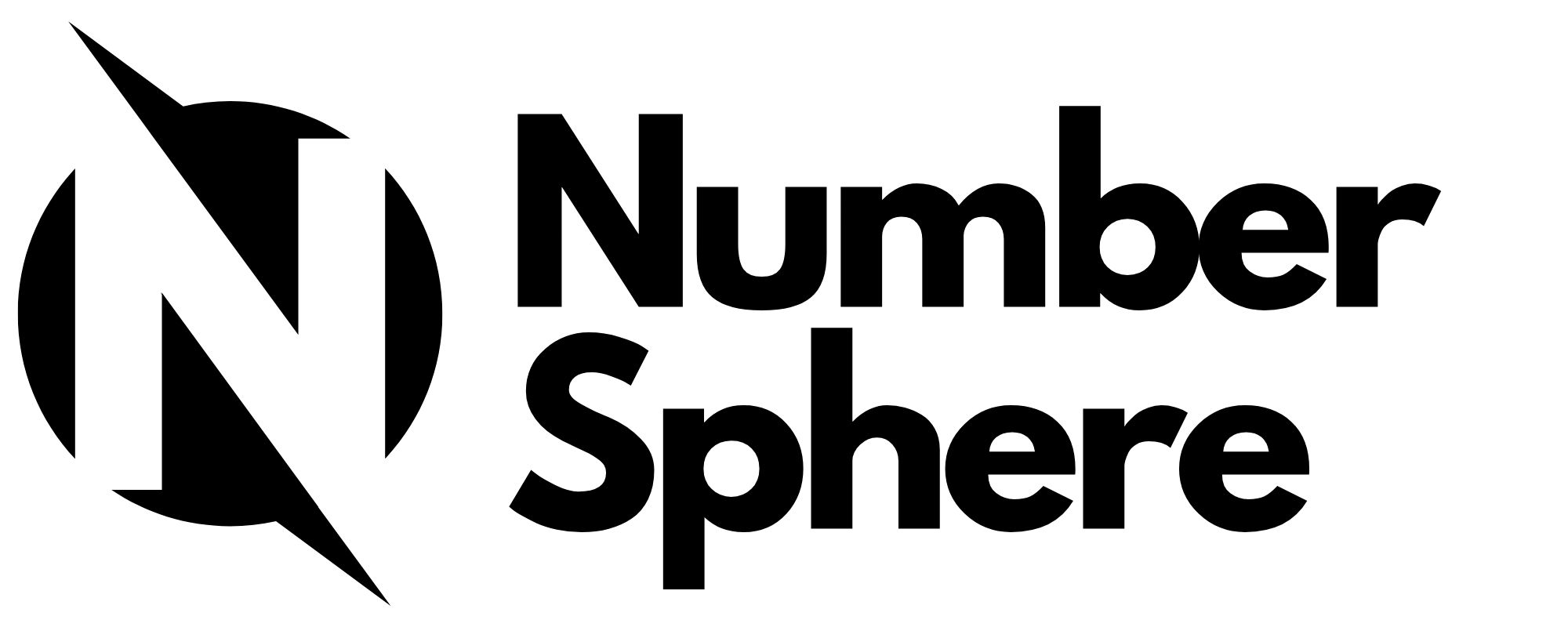Natural Numbers: The Foundation of Everyday Counting

Natural numbers, the simplest and most intuitive numbers we encounter, form the foundation of mathematics and everyday counting. Beginning with 1, 2, 3, and so on, these numbers are used to quantify objects and express basic arithmetic operations. The set of natural numbers is represented by the symbol N\mathbb{N}N, which traditionally includes all positive integers.

From early childhood, we learn to associate natural numbers with counting tangible items—whether it’s apples in a basket or steps taken during a walk. This fundamental skill of counting lays the groundwork for more complex mathematical concepts, allowing us to engage in addition, subtraction, and eventually multiplication and division. As we progress, we come to appreciate the role of natural numbers in various aspects of life, from timekeeping to financial transactions.

The properties of natural numbers are straightforward yet profound. They are closed under addition and multiplication, meaning that the sum or product of any two natural numbers is always another natural number. This closure property establishes a sense of stability and predictability within the number system, enabling us to build upon simple arithmetic to solve increasingly complex problems.
Natural numbers also introduce us to sequences and patterns, such as arithmetic and geometric sequences, which are vital in advanced mathematics. The study of these sequences reveals the beauty of numerical relationships and their applications in various fields, including science, engineering, and economics.

Moreover, natural numbers serve as a gateway to exploring other types of numbers, such as whole numbers, integers, and rational numbers. They provide the basis for understanding number lines and the concept of numerical order, teaching us about the relative sizes and relationships between different quantities.

As we navigate our daily lives, the significance of natural numbers remains ever-present. They empower us to quantify, analyze, and understand the world around us, making them an essential component of both mathematics and practical living.
